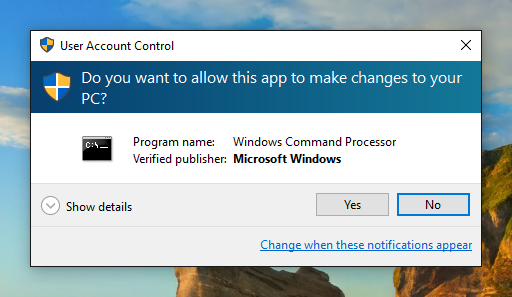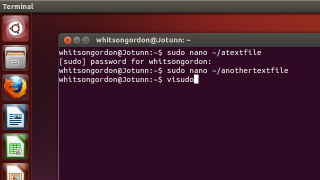

Installing using the provided package repository (using apt, apt-get, yum or dnf) is easier, but requires more manual configuration later on due to the missing openHABian configuration tool. The installation through the openHABian project and the use of the provided openHABian configuration tool is recommended for end users.
#RUN LUNCH AS SUDO USER INSTALL#
You may want to install Zulu, a fully certified Java build as a package or manually (opens new window).Īlternatively, Zulu Embedded can be installed for small systems either from the same package repository as above or manually (opens new window). # Meeting the RequirementsĪs a first step, please verify, that your system meets the prerequisites. Train your understanding of Linux permissions at /lesson/file-permissions (opens new window). If you find yourself in a situation, where you have no write access to the openHAB configuration or system files wrong permissions and/or the incorrect use of sudo are often the cause. Linux file permissions is one of the biggest sources of issues, Linux novices run into. "Learn the ways of Linux-fu, for free" interactively with exercises at (opens new window).If you are unfamiliar with Linux, SSH and the Linux console or if you want to improve your skills, read up on these important topics.Ī lot of helpful articles can be found on the internet, for example: Advanced Functionality and Administrative Tasks.The fslinstaller.py script is capable of configuring Centos computers such that all user accounts can automatically use FSL without having to configure their accounts themselves. To bring up a simple GUI which is just a menu of the main individual FSL GUI tools, just type fsl.

In general command-line programs are lower case (e.g. The FSL command line tools are located in $FSLDIR/bin. Typing a command on its own (without any arguments or options) gives you a help message for that command. In general, to run the FSL tools from the command line (within a terminal) you need to enter the program name in lower case (e.g. Type python fslinstaller.py -h for a list of all available options.
#RUN LUNCH AS SUDO USER HOW TO#
Should you install as root, see the configuring your account for FSL section for details on how to setup your user account for FSL. If you do not have permission to use sudo then the installer will fail and you will need to either install into a folder belonging to your user or to run the installer as the root user. You can run the fslinstaller.py script as described above - the script will prompt you for your password when necessary.

usr/local/fsl/), or are installing FSL on a multi-user system, you may need to enter your administrator password before the installation can proceed. If you wish to install FSL to a different location (e.g.

By default, FSL is installed into your user account home directory (at ~/fsl/), and so does not require administrative privileges.


 0 kommentar(er)
0 kommentar(er)
